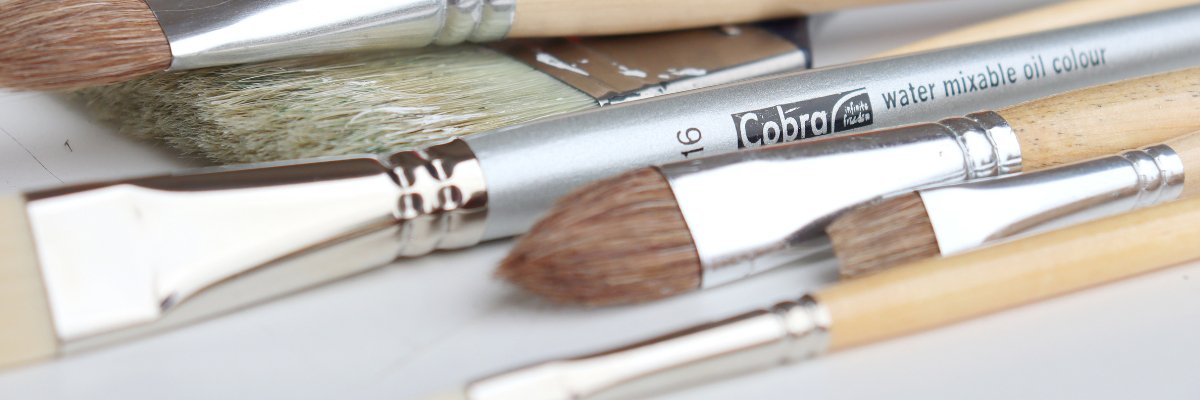Paint brushes
Sort by:
156 Products Found
Amsterdam
Brush Series 600
Amsterdam
Brush Series 603
Amsterdam
Brush set M | series 600 no. 4-8-16
Amsterdam
Brush set XL | series 600 no. 18-24
Amsterdam
Brush set XXL | series 600 no. 36-48
Amsterdam
Paddle Brush Series 602
Amsterdam
Spalter Series 601
Cobra
Brush Set
About Paint brushes
- Choosing a selection results in a full page refresh.































